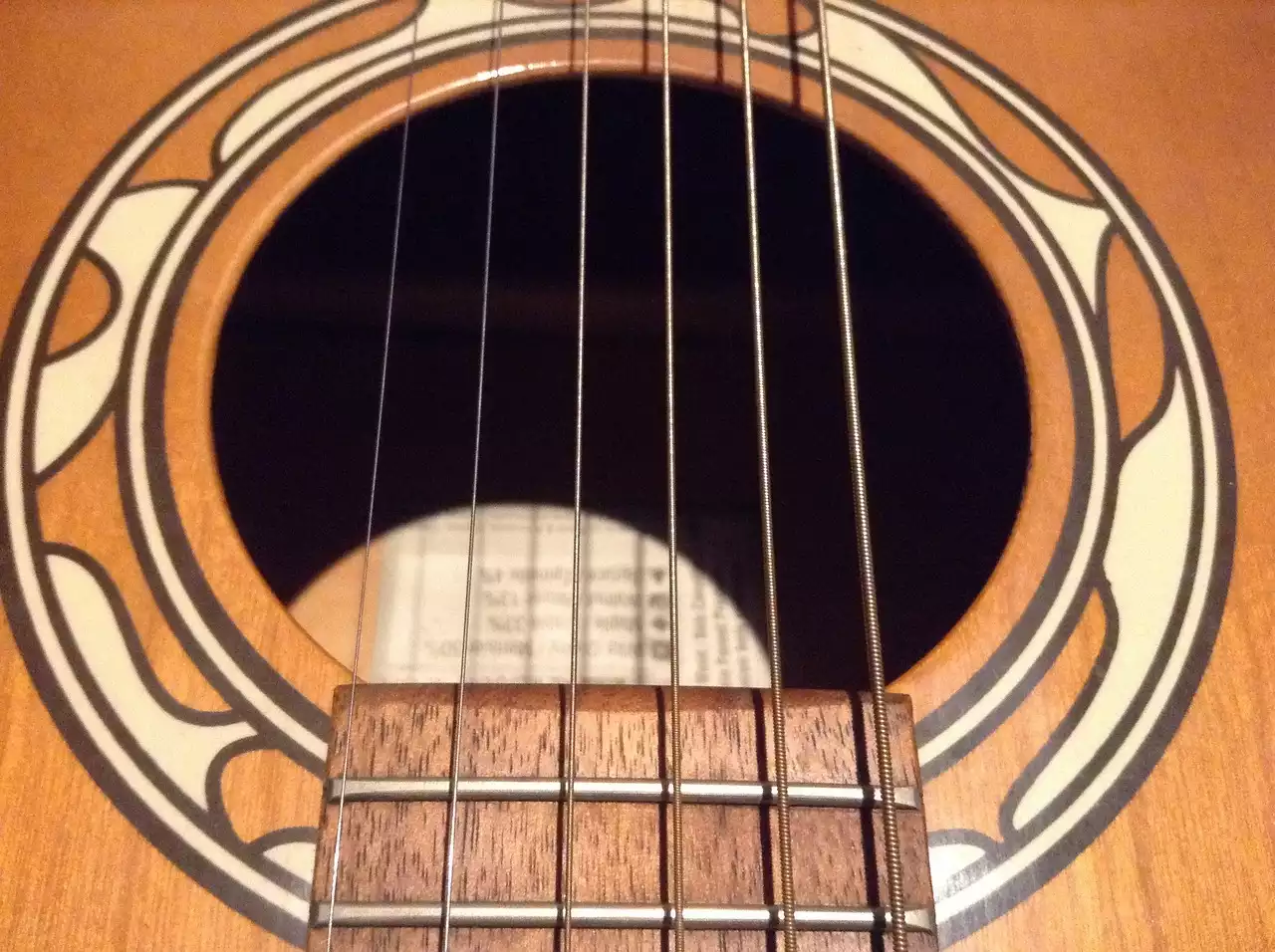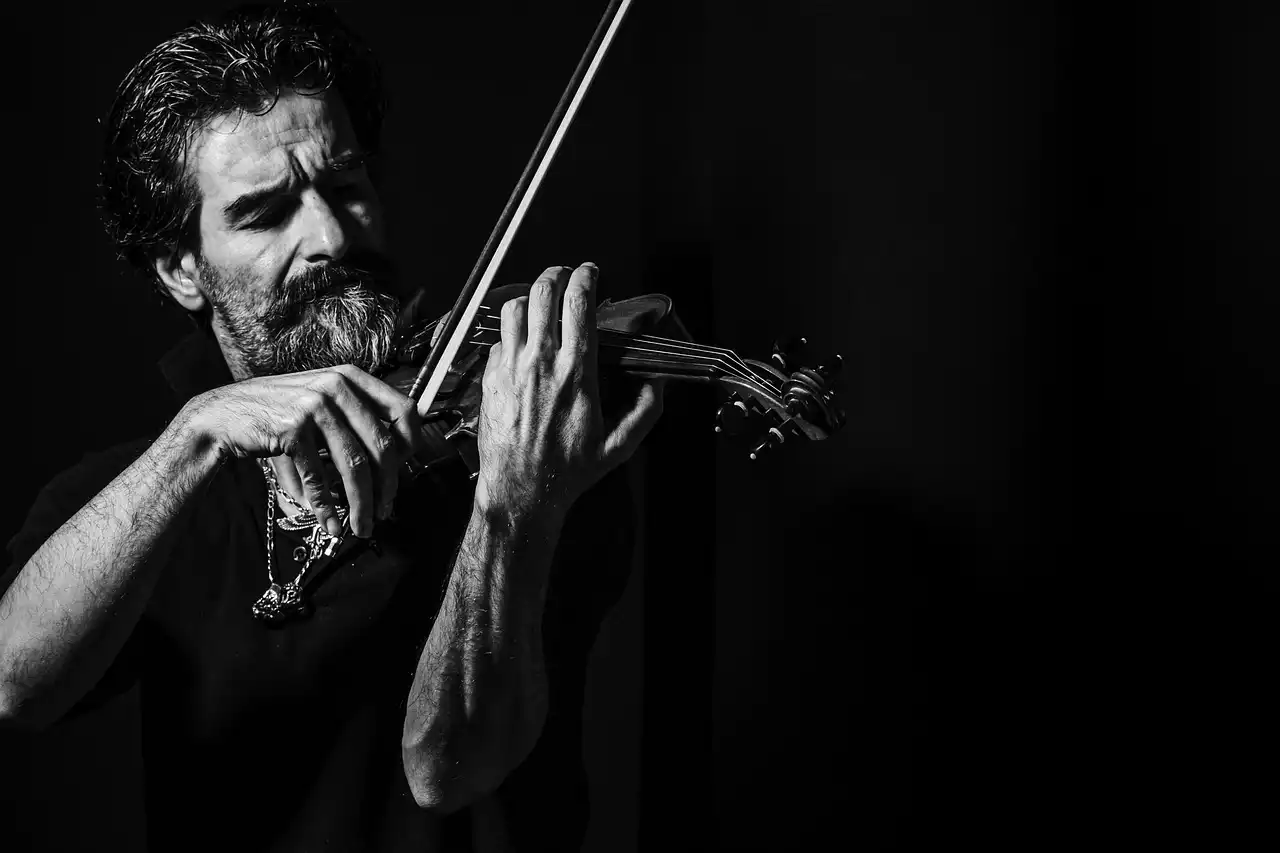History of the Violin
The history of the violin is deeply intertwined with the development of classical music. It was during the Baroque period in the 17th and 18th centuries that the violin began to gain prominence as a solo instrument. Composers like Antonio Vivaldi and Johann Sebastian Bach wrote numerous concertos and sonatas for the violin, showcasing its expressive capabilities.
The Violin's History
Construction of the Violin
The construction of a violin is a meticulous process that requires skilled craftsmanship. The body of the violin is typically made from maple wood for the back, sides, and neck, while the top is made from spruce. The combination of these woods gives the violin its characteristic resonance and tone.
The violin has four main components: the body, the neck, the fingerboard, and the bow. The body is hollow and shaped like an hourglass, allowing for optimal sound projection. The neck is attached to the body and holds the fingerboard, where the musician presses down the strings to produce different pitches. The bow is made from horsehair and is used to create sound by rubbing against the strings.
Characteristics of the Violin
The violin is known for its versatile and expressive sound. It has a wide range, capable of playing both high-pitched melodies and deep, resonant notes. The instrument's four strings are tuned in fifths, with the lowest string being the G string. This tuning allows for a rich and balanced sound across the instrument's range.
The violin is played with a bow, which is drawn across the strings to produce sound. The bowing technique, along with the musician's control and skill, greatly influences the quality of the sound produced. Vibrato, a technique where the pitch is subtly varied, is commonly used by violinists to add expression and emotion to their playing.
In addition to its role as a solo instrument, the violin is also an essential component of the string quartet. Its bright and melodic sound often takes the lead in the quartet's melodies, adding a sense of brilliance and virtuosity.
In conclusion, the violin is a captivating instrument that has played a significant role in the world of classical music. Its rich history, meticulous construction, and unique characteristics make it an integral part of the string quartet ensemble. The violin's versatility and expressive capabilities have allowed it to captivate audiences for centuries, and its timeless beauty continues to inspire musicians and listeners alike.
# The Viola: A Middle Voice of the String Quartet
The viola, often referred to as the "middle voice" of the string quartet, plays a crucial role in shaping the quartet's sound and adding depth to its harmonies. With its slightly larger size and lower pitch compared to the violin, the viola brings a unique voice to the ensemble.
History of the Viola
The viola has a long history that can be traced back to the early days of the violin family. While the violin gained popularity as a solo instrument, the viola took on a supporting role in orchestras and chamber music ensembles. It was during the Classical and Romantic periods that the viola began to be recognized as a solo instrument in its own right.
Construction of the Viola
The construction of the viola is similar to that of the violin, but with slight differences in size and proportions. The body of the viola is slightly larger, resulting in a deeper and warmer tone compared to the violin. The longer and thicker strings of the viola require more tension, which contributes to its unique sound.
Characteristics of the Viola
The viola has a rich and expressive sound that is often described as warm and mellow. Its lower pitch gives it a distinct voice within the string quartet, filling the middle range between the violins and the cello. The viola's unique sound adds depth and richness to the quartet's harmonies, creating a balanced and cohesive ensemble.
The viola is played with a bow, similar to the violin. However, the larger size and longer strings of the viola require slightly different playing techniques. The viola's larger size also affects the positioning of the musician's hand and fingers, requiring additional strength and flexibility.
In the string quartet, the viola often plays a supporting role, providing a harmonic foundation and filling in the gaps between the higher and lower voices. It adds a sense of warmth and richness to the quartet's sound, complementing the melodies played by the violins and the bass foundation provided by the cello.
In conclusion, the viola is a vital instrument in the string quartet, adding depth, warmth, and harmony to the ensemble's sound. Its unique characteristics, construction, and history make it a fascinating instrument to both play and listen to. The viola's middle voice bridges the gap between the violins and the cello, creating a balanced and cohesive quartet sound that captivates audiences around the world.
# The Cello: The Soulful Bass Foundation
The cello, with its deep and soulful sound, provides the bass foundation of the string quartet. Known for its rich resonance and expressive capabilities, the cello adds a sense of power and depth to the quartet's sound.
History of the Cello
The cello, also known as the violoncello, has a history that dates back to the 16th century. It evolved from earlier bowed string instruments and gained popularity as a solo instrument during the Baroque period. Composers like Johann Sebastian Bach and Antonio Vivaldi composed numerous cello concertos and sonatas, showcasing the instrument's versatility and expressive capabilities.
Construction of the Cello
The cello is the largest instrument in the string quartet, with a deep, resonant body and a long neck. Its construction is similar to that of the violin and viola, but on a larger scale. The body of the cello is made from maple wood for the back, sides, and neck, while the top is made from spruce. The combination of these woods gives the cello its unique sound and resonance.
Characteristics of the Cello
The cello has a deep and mellow sound that is often described as the closest to the human voice. Its lower pitch and larger size allow for a rich and powerful sound that resonates throughout the ensemble. The cello's range spans from low, sonorous tones to higher, lyrical melodies, making it a versatile instrument in the string quartet.
The cello is played with a bow, similar to the violin and viola. However, the larger size and thicker strings of the cello require additional strength and control from the musician. The bowing technique, along with the cellist's mastery of the instrument, greatly influences the quality of the sound produced.
In the string quartet, the cello provides the bass foundation, adding depth and stability to the ensemble's sound. It often plays the supporting harmonies and rhythmic patterns, while also taking on melodic and solo passages. The cello's soulful sound and expressive capabilities bring emotional depth and resonance to the quartet's music.
In conclusion, the cello is a powerful and soulful instrument that plays a vital role in the string quartet. Its deep resonance, expressive capabilities, and rich history make it a beloved instrument in the world of classical music. The cello's bass foundation provides stability and depth to the quartet's sound, contributing to the enchanting and harmonious melodies created by the string quartet ensemble.
# Conclusion
In this article, we have explored the world of string quartet instruments, delving into the history, construction, and characteristics of the violin, viola, and cello. Each instrument brings its own unique voice and sound to the ensemble, creating a harmonious blend of melodies and harmonies.
The violin, with its bright and melodic sound, often takes the lead in the quartet's melodies. The viola, with its warm and mellow tone, provides the middle voice and adds depth and richness to the quartet's sound. The cello, with its deep and soulful resonance, provides the bass foundation and adds power and emotional depth to the ensemble.
Understanding the individual contributions of each instrument in a string quartet can enhance your listening experience. Whether you're an aspiring musician or simply an appreciative listener, the beauty behind the harmonious melodies created by a string quartet lies in the unique characteristics of each instrument and their seamless integration within the ensemble.
Next time you listen to a string quartet, take a moment to appreciate the intricate interplay between the first and second violins, the viola, and the cello. The enchanting music created by these four instruments is a testament to the craftsmanship and artistry of the composers and musicians who bring it to life. So sit back, relax, and let the captivating melodies of the string quartet transport you to a world of beauty and emotion.











